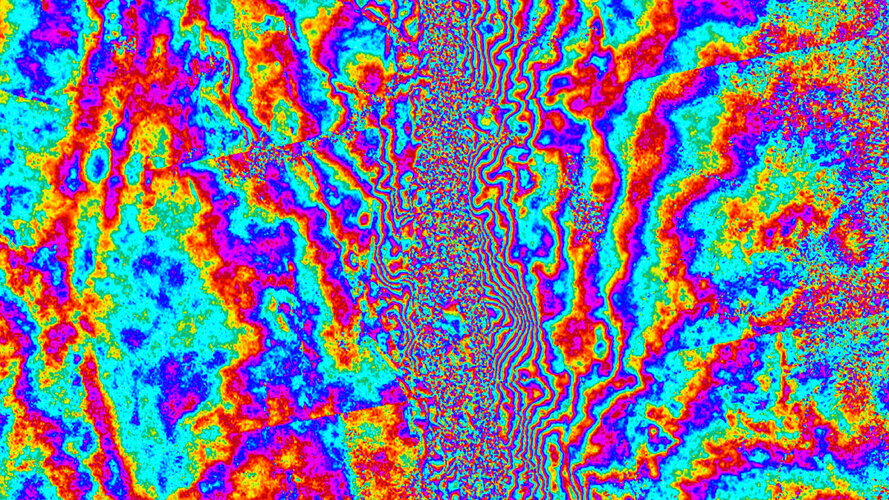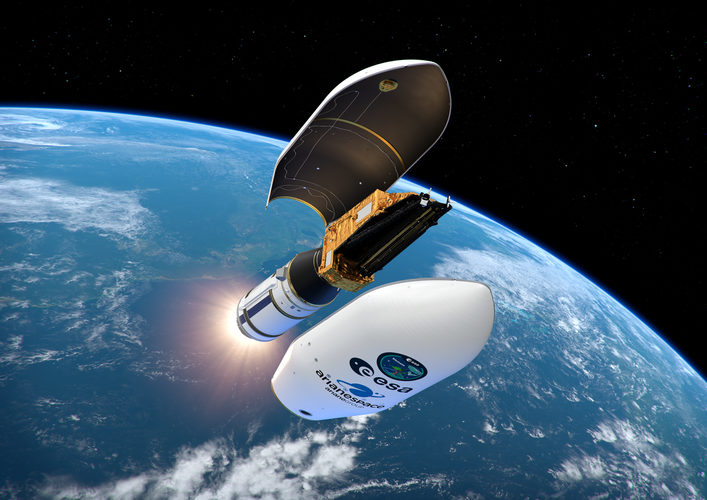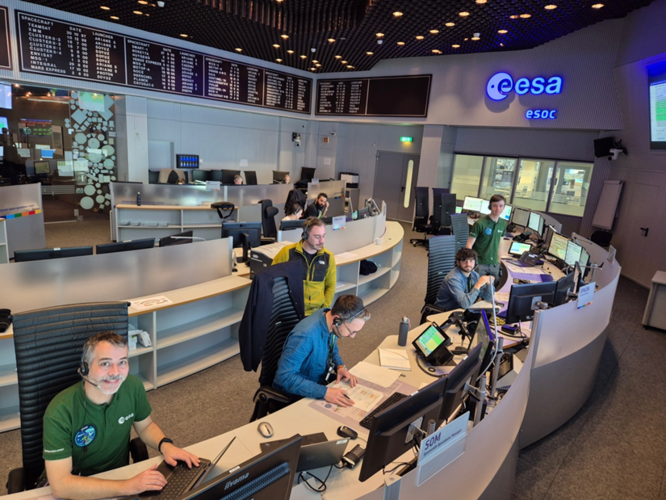
Copernical Team
Rocket Lab to Conduct Hypersonic Test Flight Under MACH-TB 2.0 Program
 Rocket Lab USA, Inc. (Nasdaq: RKLB), a key provider of launch services and space systems, has secured a new contract to launch a full-scale hypersonic test flight on behalf of the U.S. Department of Defense. The mission, commissioned by Kratos under the MACH-TB 2.0 initiative, will utilize Rocket Lab's HASTE vehicle and is scheduled to lift off from Launch Complex 2 at Wallops Island, Virginia,
Rocket Lab USA, Inc. (Nasdaq: RKLB), a key provider of launch services and space systems, has secured a new contract to launch a full-scale hypersonic test flight on behalf of the U.S. Department of Defense. The mission, commissioned by Kratos under the MACH-TB 2.0 initiative, will utilize Rocket Lab's HASTE vehicle and is scheduled to lift off from Launch Complex 2 at Wallops Island, Virginia, Three Chinese astronauts blast off for Tiangong space station
 A Chinese rocket carrying three astronauts to the country's space station blasted off from its remote launch site Thursday, the latest milestone in Beijing's race to become a leading celestial power.
Beijing has pumped billions of dollars into its space programme in recent years in an effort to achieve what President Xi Jinping describes as the Chinese people's "space dream".
The world's
A Chinese rocket carrying three astronauts to the country's space station blasted off from its remote launch site Thursday, the latest milestone in Beijing's race to become a leading celestial power.
Beijing has pumped billions of dollars into its space programme in recent years in an effort to achieve what President Xi Jinping describes as the Chinese people's "space dream".
The world's Sentinel-1 captures ground shift from Myanmar earthquake

On 28 March 2025, a powerful magnitude 7.7 earthquake struck central Myanmar, sending shockwaves through the region. While the country is still dealing with the devasting aftermath, scientists have used radar images from the Copernicus Sentinel-1 satellites to reveal a detailed picture of how the ground shifted as a result of the quake – offering new insights into the mechanics of the tectonic Sagaing Fault and the scale of the seismic rupture.
Solar Orbiter’s widest high-res view of the Sun
 Image:
Solar Orbiter’s widest high-resolution view of the Sun
Image:
Solar Orbiter’s widest high-resolution view of the Sun Watch Biomass launch live

ESA's Biomass mission is on the launch pad at Europe’s Spaceport in Kourou, French Guiana. Don’t miss the live coverage of liftoff on Tuesday 29 April, on ESA WebTV. Coverage will start at 10:55 CEST with commentary live from Kourou and ESA’s European Space Operations Centre in Germany. The Vega-C rocket carrying Biomass is scheduled for liftoff at 11:15.
Final preparations for Biomass operations

As the launch of the Biomass satellite approaches, the excitement is palpable at ESA’s European Space Operations Centre (ESOC) in Darmstadt, Germany. Over the winter months, a dedicated team has been meticulously preparing for the satellite's critical "Launch and Early Orbit" phase (LEOP).
New study unveils volcanic history and clues to ancient life on Mars
 In a groundbreaking study co-authored by a Texas A and M University scientist, researchers have revealed new insights into the geological history of Mars' Jezero Crater, the landing site of NASA's Perseverance rover. Their findings suggest that the crater's floor is composed of a diverse array of iron-rich volcanic rocks, providing a window into the planet's distant past and the closest chance y
In a groundbreaking study co-authored by a Texas A and M University scientist, researchers have revealed new insights into the geological history of Mars' Jezero Crater, the landing site of NASA's Perseverance rover. Their findings suggest that the crater's floor is composed of a diverse array of iron-rich volcanic rocks, providing a window into the planet's distant past and the closest chance y Planetary Alignment Provides NASA Rare Opportunity to Study Uranus
 When a planet's orbit brings it between Earth and a distant star, it's more than just a cosmic game of hide and seek. It's an opportunity for NASA to improve its understanding of that planet's atmosphere and rings. Planetary scientists call it a stellar occultation and that's exactly what happened with Uranus on April 7.
Observing the alignment allows NASA scientists to measure the tempera
When a planet's orbit brings it between Earth and a distant star, it's more than just a cosmic game of hide and seek. It's an opportunity for NASA to improve its understanding of that planet's atmosphere and rings. Planetary scientists call it a stellar occultation and that's exactly what happened with Uranus on April 7.
Observing the alignment allows NASA scientists to measure the tempera Turning Down Starlight to Reveal Distant Worlds
 Researchers at the University of Arizona have introduced a breakthrough coronagraph that could make previously invisible exoplanets detectable by suppressing the overwhelming light from their parent stars. This advance may pave the way for imaging Earth-like planets in habitable zones, areas where temperatures could support liquid water and potentially life.
"Earth-like planets in the habi
Researchers at the University of Arizona have introduced a breakthrough coronagraph that could make previously invisible exoplanets detectable by suppressing the overwhelming light from their parent stars. This advance may pave the way for imaging Earth-like planets in habitable zones, areas where temperatures could support liquid water and potentially life.
"Earth-like planets in the habi NASA develops flight-ready aerogel antennas for next-gen airspace communications
 NASA is advancing flight communications with a breakthrough antenna made from one of the lightest solid materials ever created. Engineers at NASA's Glenn Research Center are embedding this innovative device directly into aircraft surfaces, offering a sleeker and more efficient solution for future aviation platforms, including autonomous air vehicles and drones.
The antenna employs a polyme
NASA is advancing flight communications with a breakthrough antenna made from one of the lightest solid materials ever created. Engineers at NASA's Glenn Research Center are embedding this innovative device directly into aircraft surfaces, offering a sleeker and more efficient solution for future aviation platforms, including autonomous air vehicles and drones.
The antenna employs a polyme 
